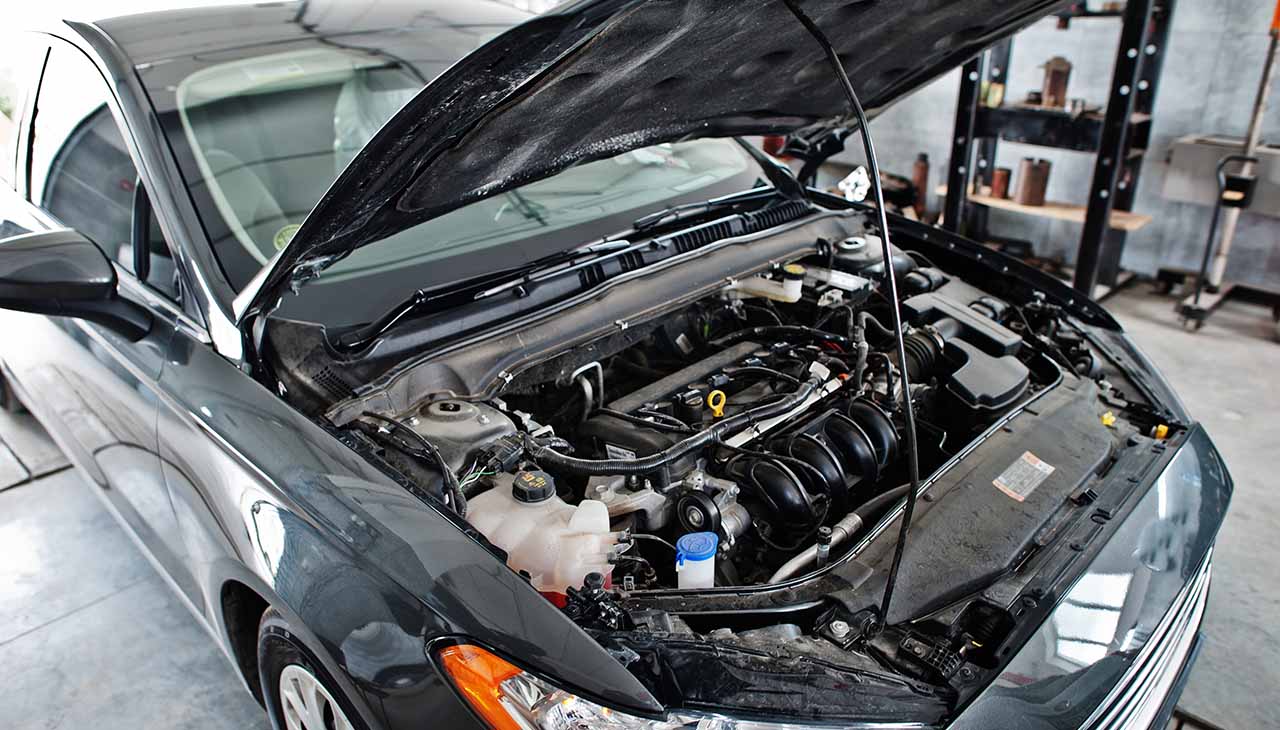Performance parts can significantly influence your vehicle’s overall efficiency, power, and longevity. Whether it’s an upgraded exhaust system, a more effective air intake, or advanced fuel injectors, each component plays a pivotal role in optimizing your car’s output. This document delves into how these modifications not only enhance the performance but can also lead to a more economically and environmentally friendly driving experience. By understanding the interplay between these parts and your vehicle’s engine, one can make informed decisions for impactful enhancements.
Benefits of Performance Parts
Improved Engine Efficiency
Upgrading to high-performance parts often results in a more efficient engine operation, reducing wasted fuel and ensuring that each combustion cycle produces the maximum possible energy. This efficiency boost is not only kind to your wallet, as it can mean more miles per gallon, but it’s also beneficial for the environment by reducing emissions.
Enhanced Fuel Economy
Performance parts can also lead to a notable improvement in fuel economy. An advanced air intake system ensures a richer oxygen supply, which can lead to more complete fuel burn and consequently, less fuel consumption for the same distance driven, striking a balance between performance and fuel efficiency.
Increased Horsepower and Torque
High-quality performance parts are designed to increase an engine’s horsepower and torque, providing more power and improved acceleration. This allows for quicker responses when speeding up, which can be especially beneficial for drivers who enjoy a more dynamic driving style or for those who require additional power when towing or carrying heavy loads.
Upgraded Braking and Handling Capabilities
To complement increased power, performance parts can also include upgrades to the braking and handling systems. High-performance brake pads and rotors, along with sturdier suspension components, can improve a car’s stopping power and cornering agility. This not only enhances the driving experience but also contributes significantly to driver safety.
Types of Performance Parts
Engine Modifications
Engine modifications are the cornerstone of performance parts, with options such as performance chips, camshafts, and forged internals. These components can fine-tune the engine’s processes, leading to a sizable increase in power and torque. Performance chips, for example, modify the engine’s electronic control unit (ECU) settings to optimize fuel injection and ignition timing, squeezing out extra performance without sacrificing reliability.
Exhaust System Upgrades
Exhaust system upgrades, including high-flow catalytic converters and performance mufflers, work to reduce backpressure and enhance the expulsion of exhaust gases from the engine. This results in a more efficient air flow, contributing to better engine performance and a distinctive exhaust note that resonates with auto enthusiasts.
Suspension Enhancements
Suspension enhancements involve upgrading components such as shocks, struts, and springs, which can lower the vehicle’s center of gravity and improve its stance. This results in a reduction of body roll during cornering, offering a more stable ride and sharper handling characteristics, thus allowing drivers to maintain control and precision at higher speeds.
Aerodynamic Improvements
Aerodynamic improvements are not just for racing; they can benefit daily driving as well. Adding components like rear spoilers, front splitters, and side skirts can reduce wind resistance and increase downforce. These changes help to keep the vehicle planted on the road, particularly at high speeds, and can sometimes improve fuel efficiency by allowing the car to slice through the air with less effort.
Considerations for Installation
When upgrading to performance parts, several factors must be taken into account to ensure that the modifications serve their intended purpose without introducing new problems.
Compatibility with Existing Components
It’s crucial to ascertain that new performance parts are compatible with the existing components of your vehicle. Mismatched parts can lead to suboptimal performance and can even cause damage to the vehicle’s engine or other systems. Proper research and consultation with experts can prevent costly mistakes and ensure that all modifications work in harmony.
Legal Implications and Emissions Standards
Modifications to your car may also have legal implications, particularly regarding emissions standards. Many regions have stringent laws that govern vehicle modifications to ensure that pollution levels remain in check. Before installing performance parts, it’s necessary to ensure that they comply with the local regulations to avoid penalties and fines, or a failed vehicle inspection.
Warranty Considerations
Installing aftermarket performance parts can impact the manufacturer’s warranty. Some modifications may void the warranty entirely, while others could be covered if they are installed by certified professionals. Car owners should review their warranty agreements and consult with their dealer or manufacturer before proceeding with any upgrades to avoid voiding warranty coverage.
Professional Installation vs. DIY
While some car enthusiasts may opt for DIY installation of performance parts to save on costs, professional installation is often recommended. Professionals have the expertise and equipment required to install parts correctly and safely. Incorrect installation can lead to vehicle damage or decreased performance and may also impact warranty coverage. Although professional installation involves additional costs, it is generally a worthwhile investment for the longevity and optimal performance of the vehicle.
Case Studies
Real-world examples of performance part installations
Many car enthusiasts swear by the transformative impact of performance part installations, as evidenced by numerous success stories. For instance, a 2005 Honda Civic owner reported significant improvements after upgrading to a cold air intake system, a performance exhaust, and a stage 2 chip. These enhancements breathed new life into an aging engine, boosting its horsepower and torque, demonstrating the real-world benefits of such modifications.
Before-and-after comparisons of efficiency and performance
Comparative analysis often reveals stark contrasts between a vehicle’s pre- and post-modification states. A BMW 3-series sedan, for example, experienced a 10% increase in fuel economy alongside a 15-20 horsepower gain after the installation of a high-performance air filter and exhaust system. Similarly, a Ford Mustang GT, fitted with performance camshafts and a new ECU tune, saw a notable jump from 300 to 365 horsepower, translating to a more exhilarating driving experience. These case studies underline the effectiveness of performance parts in elevating a vehicle’s functional capabilities.










